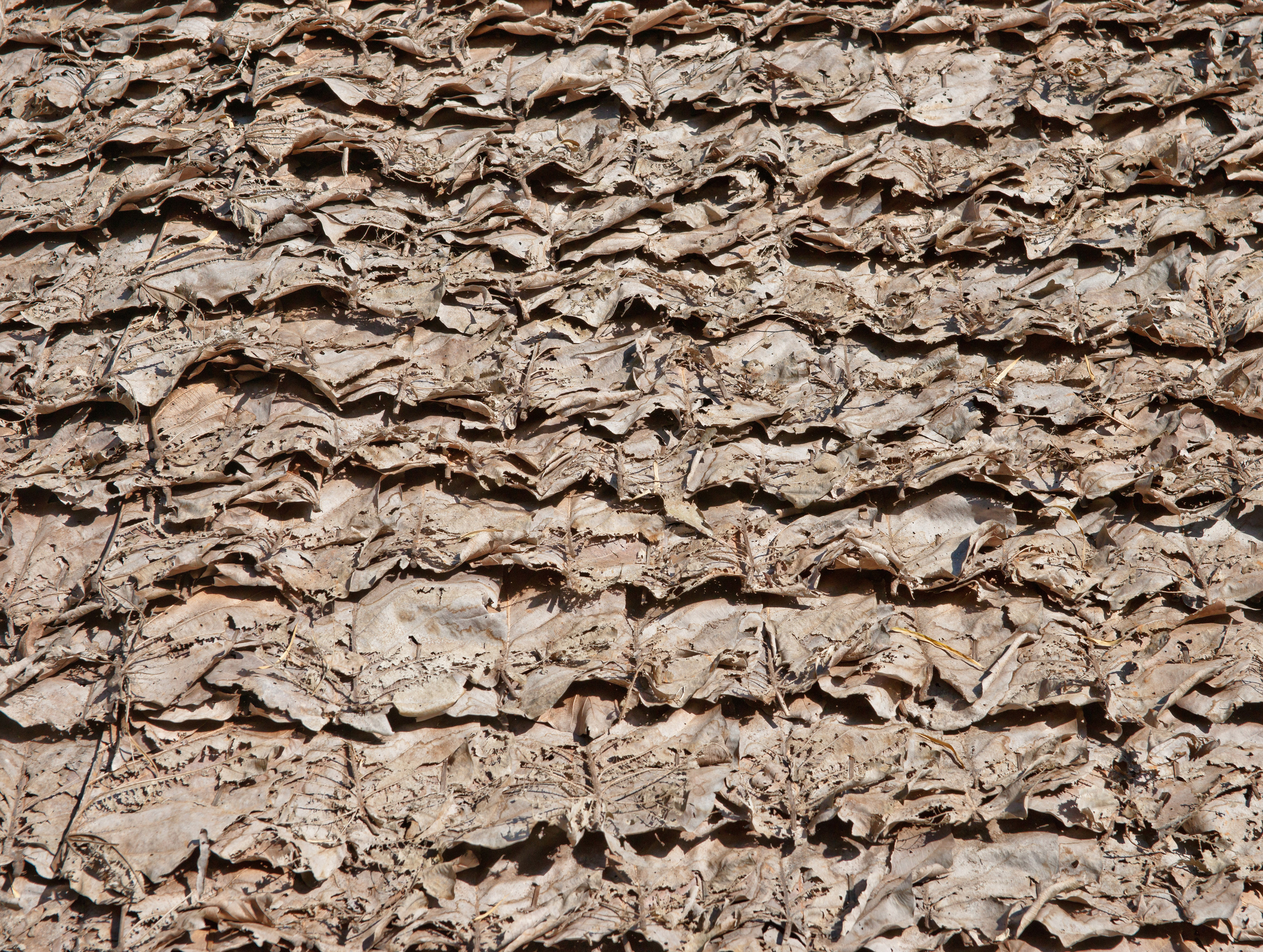

Make it softer, easier to work, and more sticky. Machines "chew up" raw rubber using mechanical rollers and presses to Word we typically use to describe how animals chew food). Processes are used to turn it into a much more versatile material. It tends to beīrittle when cold and smelly and sticky when it warms up. Slabs or sheets and then dried, ready for the next stages of production.īy itself, unprocessed rubber is not all that useful. The latex from many trees is thenįiltered, washed, and reacted with acid to make the particles of rubberĬoagulate (stick together). As the latexĭrips out, it's collected in a cup. That involves making a wide, V-shaped cut in the tree's bark. Trees using a traditional process called rubber First, you have to gather your latex from the rubber It takes several quite distinct steps to make a product out of Photo by Bain News Service courtesy of US Library of Congress Prints & Photographs Division The latex drips down the cuts into the can on the ground. Photo: Traditional rubber tapping using a machete, photographed in the 1920s. Synthetic rubber, is widely used for making vehicle tires.įor the rest of this article, we'll concentrate mostly on natural rubber. One of the first (and still one of the bestīy reacting together acetylene and hydrochloric acid.Įmulsion styrene-butadiene rubber (E-SBR), another

Synthetic rubbers are made in chemical plants using petrochemicalsĪs their starting point. Them-and that's what makes rubber elastic. These chains of molecules can be pulled apart and untangledįairly easily, but they spring straight back together if you release Units (the monomer of isoprene) loosely joined to make long, tangledĬhains. Natural rubber is a polymer of isoprene (also known asĢ-methylbuta-1,3-diene) with the chemical formula (C 5H 8)n. Third rubber particles held in a form known as a This latex is about one third water and one Photo by Peggy Greb courtesy of US Department of Agriculture/Agricultural Research Service (USDA/ARS). Photo: Guayule: one of many plants from which rubber can be made. That comes from a tree species called Hevea brasiliensis, widely known as the rubber tree. Over 99 percent of the world's natural rubber is made from the latex Them.) Although there are something like 200 plants in the world that produce latex, Rubber by growing dandelions, though we'd need an awful lot of Their stems, you can see the latex dripping out from them. (Common dandelions, for example, produce latex if you snap off White liquid called latex that oozes from certain plants Natural rubber is made from a runny, milky Photo: Rubber bands are a very familiar everyday use of latex rubber. Although natural rubber and synthetic rubbers are similar in some ways, they're made by entirely different processes and chemically quite different. Commercially, the most important synthetic rubbers are styrene butadiene (SBR), polyacrylics, and polyvinyl acetate (PVA) other kinds include polyvinyl chloride (PVC), polychloroprene (better known as neoprene), and various types of polyurethane. There are many different kinds of rubber, but they all fall into two broad types: natural rubber (latex-grown from plants) and synthetic rubber (made artificially in a chemical plant or laboratory). When people talk about "rubber", they don't usually specify what How does vulcanization make rubber stronger?.


 0 kommentar(er)
0 kommentar(er)
